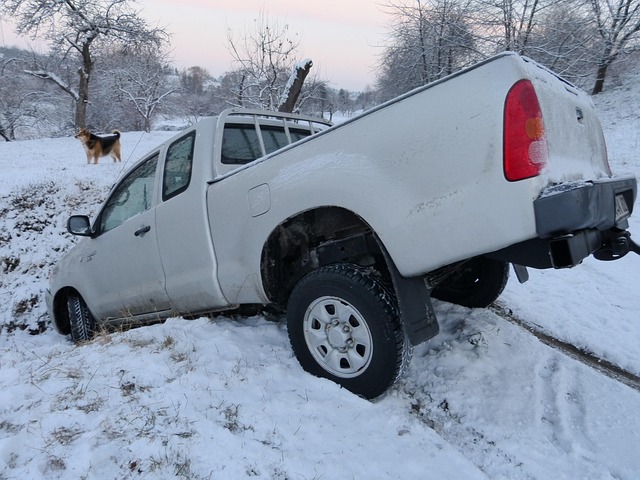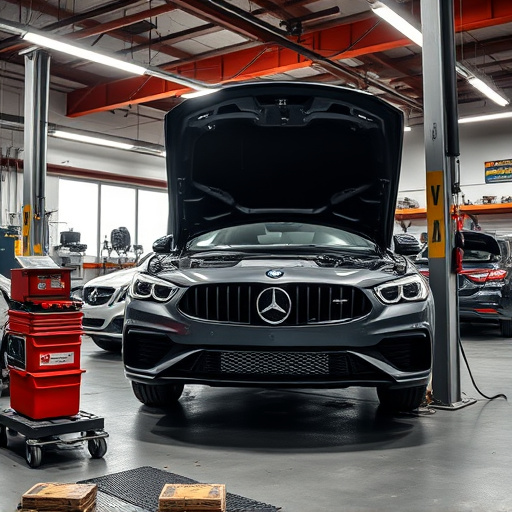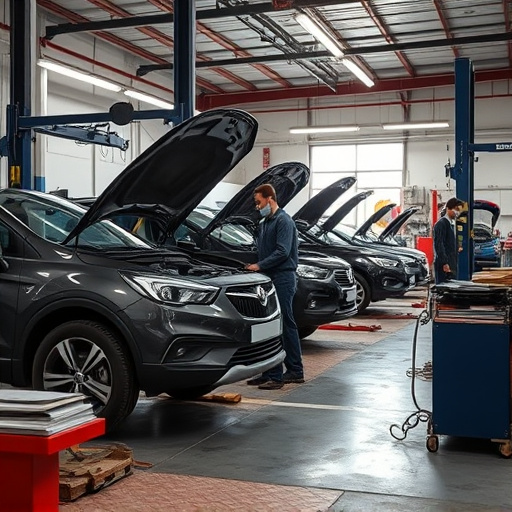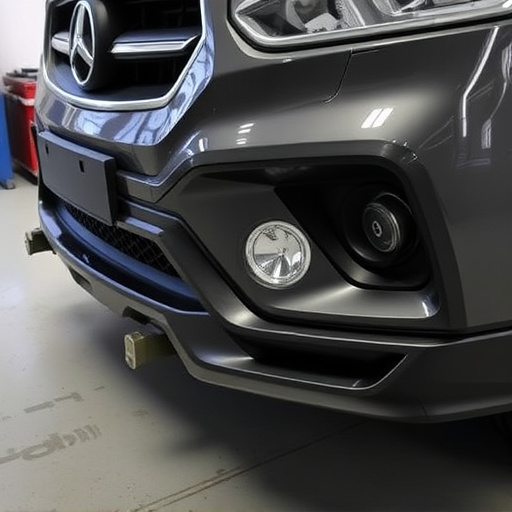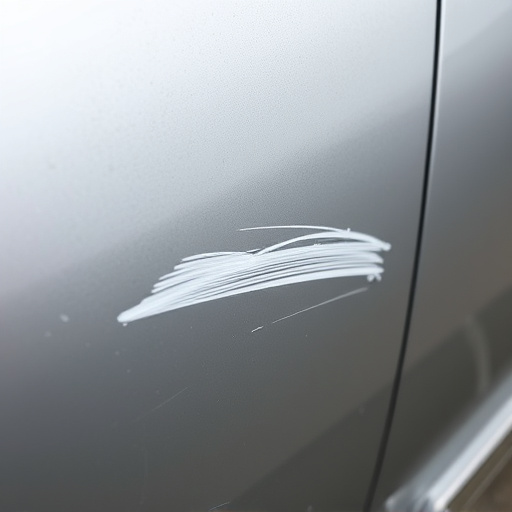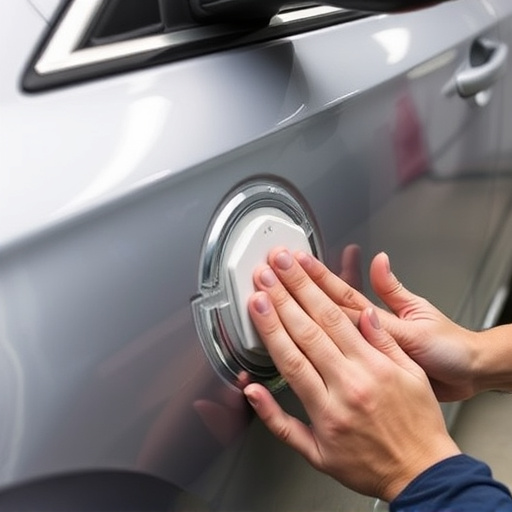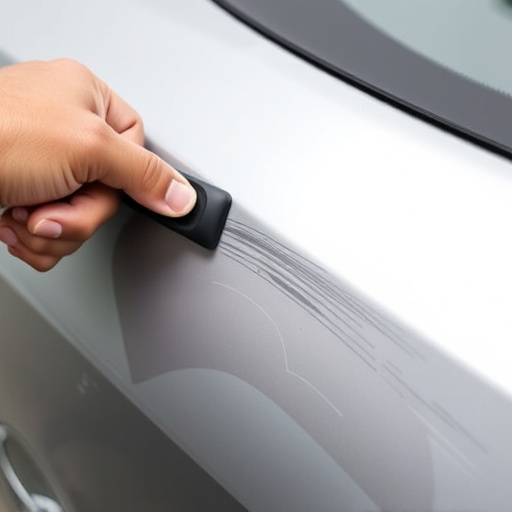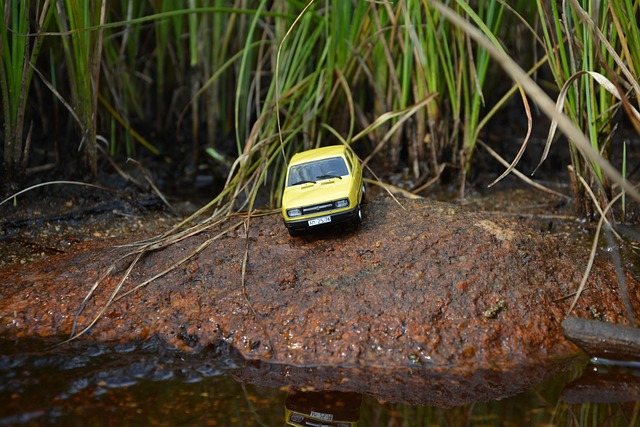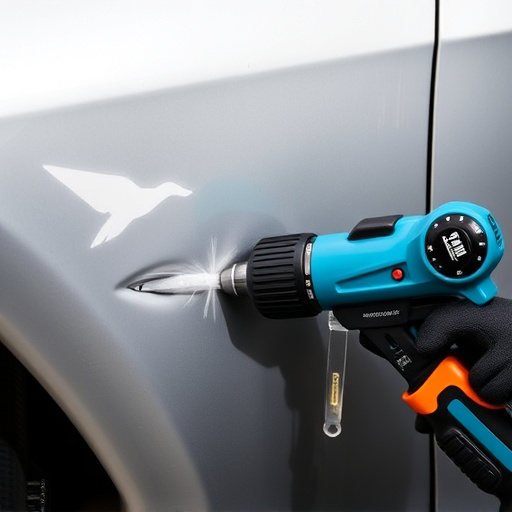Crash worthiness restoration is a vital process after a vehicle accident, focusing on meticulous inspections by skilled technicians using advanced tools. This evaluation identifies structural integrity issues and ensures safety standards are met, guiding repairs or replacements needed for both aesthetic and safety enhancements. The goal is to restore vehicles to their pre-accident condition, protecting occupants, adhering to road safety regulations, and playing a key role in automotive safety.
In the aftermath of an accident, understanding the key components involved in crash worthiness restoration is paramount for ensuring safety. This comprehensive guide delves into the intricate process of returning vehicles to their optimal state, focusing on three critical aspects: assessing damage and adhering to stringent safety standards, meticulous restoration from repair to reinforcement, and rigorous quality assurance through testing protocols. By exploring these essential elements, we uncover the secrets behind effective crash worthiness restoration.
- Assessing the Damage and Safety Standards
- – Understanding crash worthiness principles
- – Identifying critical safety systems and components
Assessing the Damage and Safety Standards
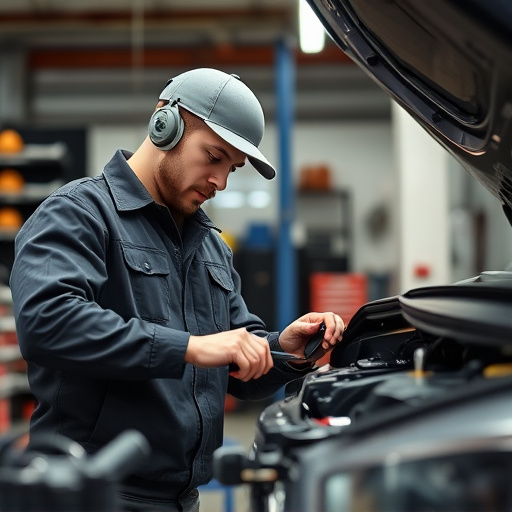
After a vehicle accident, assessing the damage is the first crucial step in the crash worthiness restoration process. This involves meticulous inspection to identify structural integrity issues and determine if the vehicle meets safety standards. Skilled technicians use advanced tools and techniques to evaluate components like frames, panels, and safety systems, ensuring they function optimally post-collision.
The goal of this phase is to pinpoint areas needing repair or replacement, focusing on both aesthetic restoration and enhanced safety. This meticulous evaluation forms the foundation for effective auto body repair, including crucial components such as bumper repair, collision repair, and ensuring adherence to industry-standard safety protocols.
– Understanding crash worthiness principles
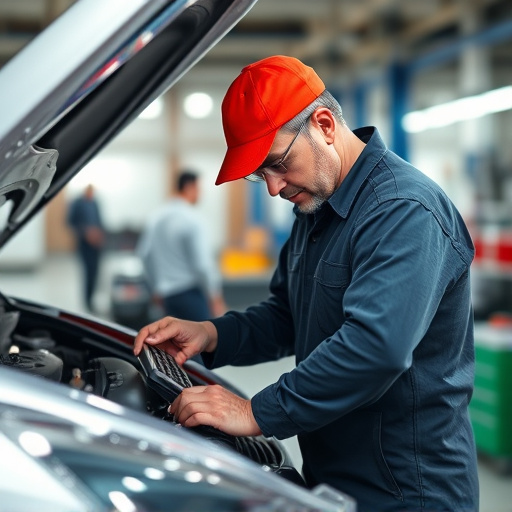
Crash worthiness is a fundamental principle in automotive safety, focusing on how vehicles perform and protect occupants during a collision. Understanding these principles is crucial for effective crash worthiness restoration after accidents. This process involves careful evaluation and repair of vehicle structures to ensure they meet safety standards, returning the car to its optimal state without compromising integrity or passenger security.
When considering crash worthiness restoration in a car body shop, dent removal plays a significant role. Skilled technicians meticulously address all visible damage, from dents and dings to more severe structural issues. This ensures that every aspect of the vehicle’s safety system functions as intended, providing peace of mind for owners. A well-restored car not only enhances aesthetics but also guarantees that it can withstand future collisions, protecting its occupants and meeting road safety regulations.
– Identifying critical safety systems and components

When it comes to crash worthiness restoration after accidents, identifying critical safety systems and components is a meticulous process. Vehicles are complex assemblages, and understanding how each part contributes to overall structural integrity is crucial. This involves assessing both visible damage – like crumpled metal panels (auto dent repair) or shattered glass – and hidden elements, such as the frame and airbag deployment mechanisms.
Specialized technicians utilize advanced diagnostic tools to pinpoint compromised areas, including frame straightening techniques to realign warped metal and ensure proper vehicle safety. Moreover, careful examination of safety systems like brakes, airbags, and seatbelts is paramount to guarantee their continued effectiveness in future collisions.
In conclusion, the successful crash worthiness restoration after accidents hinges on a thorough understanding of damage assessment, adherence to safety standards, and precise identification of critical systems. By applying these key components, vehicle manufacturers and repair facilities can ensure that restored vehicles meet stringent criteria, enhancing passenger safety and peace of mind on the road.
